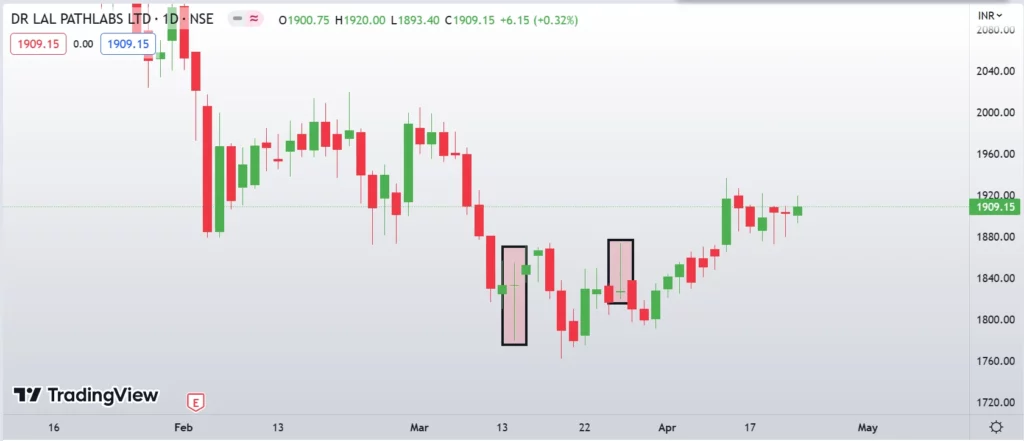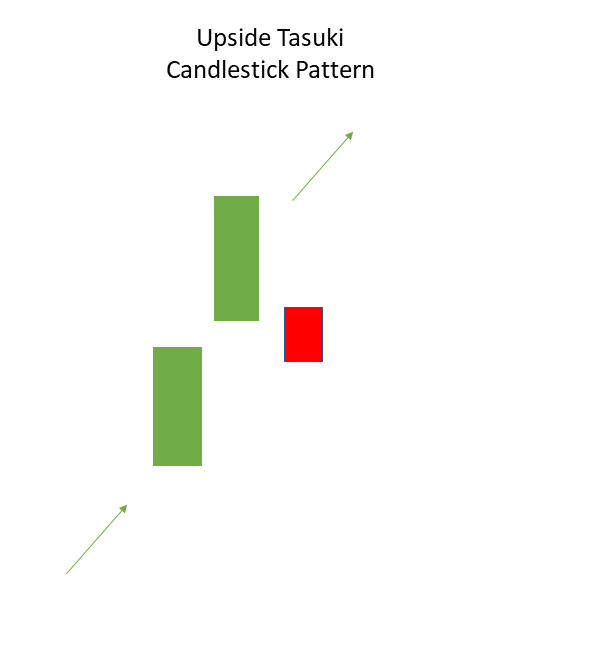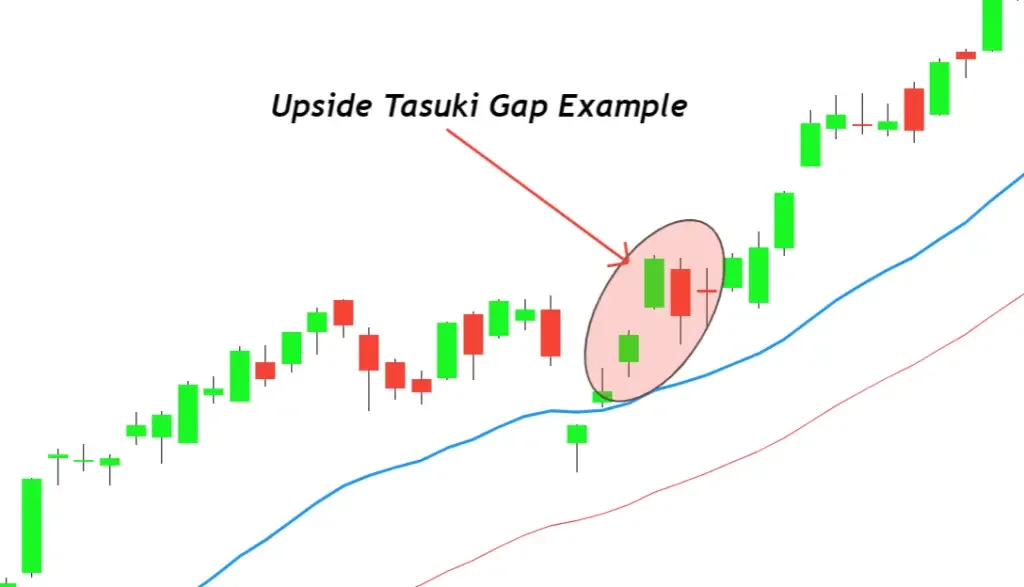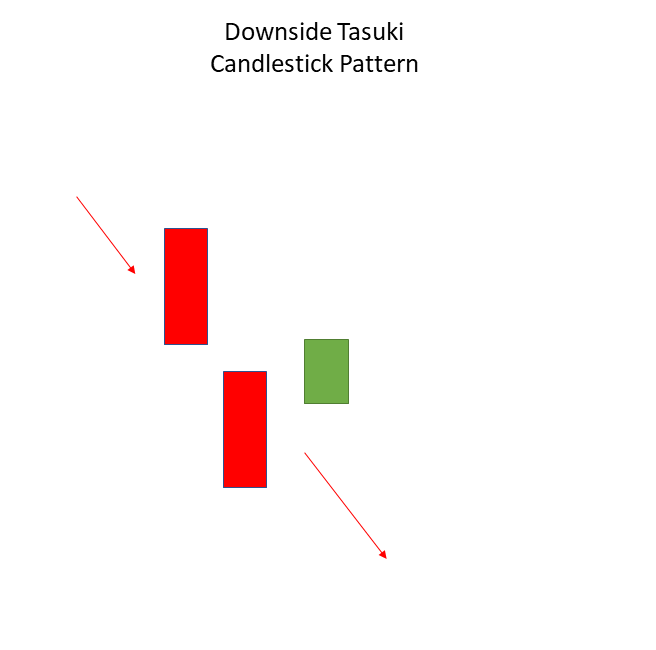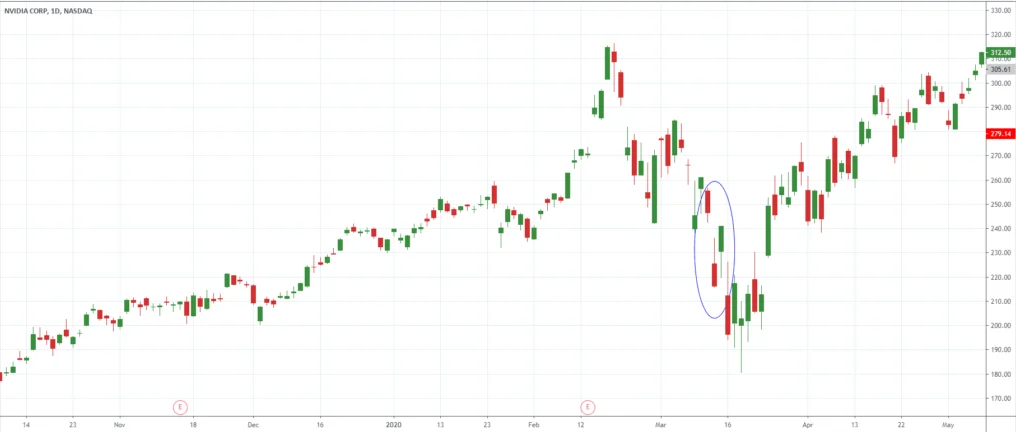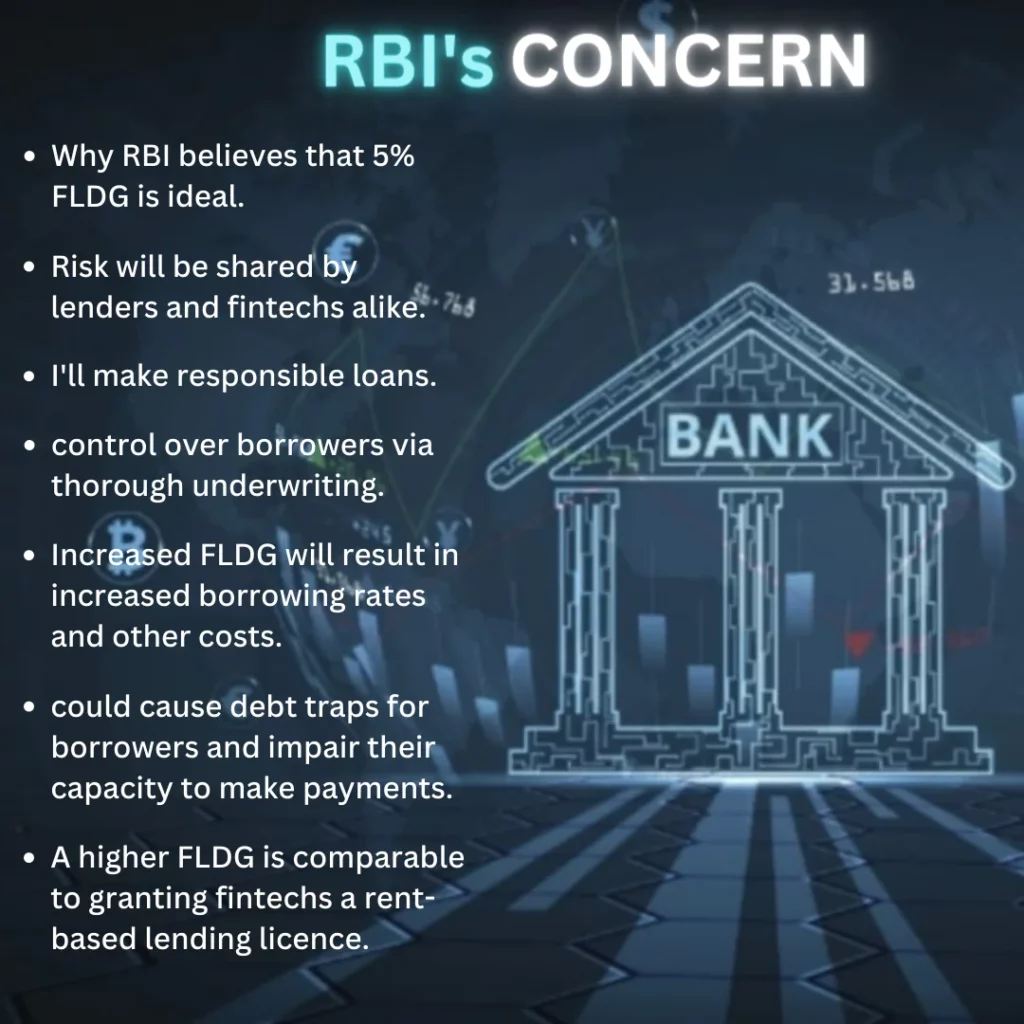
today’s fast-paced markets, split-second news and real-time market updates are critical. Trading and investing in the stock market necessitates staying up to date on current events, which is where financial twitter feeds come in.
Technical analysis cannot be your only tool for trading in the market, as ignorance of the fundamental factors underlying it can lead to incorrect and risky trading decisions. But, in the midst of trading, position planning, and money management and stop loss decisions, when will you actually pay attention to the news? It is true that news has an impact on how you make and act on trading decisions. Television can help with this problem, but how do we know which news to pay attention to and which to ignore?
This is where the modern age of social media can help. Tweets and discussions about finance on Twitter are becoming increasingly useful these days. Even just a few years ago, Twitter was rife with market rumors, illogical analysis, and pointless market chatter. However, with the recent emergence of Twitter accounts for well-known research firms as well as active traders and market professionals, Twitter has emerged as a very useful tool for news-hungry market participants.
We have compiled a list of important Twitter feeds that you should follow if you want to stay up to date on the financial market. This feed list includes the names of some financial news outlets as well as educational portals. The feeds are listed in order of their total number of followers as well as their importance in the Indian stock markets. This is by no means an exhaustive list of feeds, and some useful names may be missing. Please let us know about them in the comments section below.
India’s Top Stock Market Twitter Accounts
1. @livemint
It provides breaking news & analyses of Indian and world businesses, economy & politics from Mint newspaper. It has more than 1.74M followers and more than 241K tweets.
2. @ReutersIndia:
Reuters India brings the latest news from India and around the world. it has a total follower base of over 460K with a total of over 106K tweets.
3. @EconomicTimes:
It is the No. 1 Business Daily in India bringing the latest news updates and best coverage of politics, economy, markets, technology etc. They have over 2.92M followers and more than 314K tweets.
4. @NDTVProfit:
NDTV Profit offers latest stock market news, Sensex news, Nifty news, business news, stocks in India. The tweets provide a live streaming of NDTV Profit. It has over 644K followers and over 98.5 K tweets.
5. @forbes_india:
This twitter handle brings the best conversations on Indian and International businesses, in alliance with Forbes. Run by their journalists, it has more than 1.08M followers with just over 34.2K tweets.
6. @moneycontrolcom:
The twitter feeds of Moneycontrol, Indian’s #1 Financial Portal, which keeps a hawk-eye on markets, companies and economy. With over 589K followers and 146K tweets, they are definitely worth to be followed.
7. @ETNOWlive:
ET NOW is a business news channel in India, owned and operated by the Times Group. It has about 340K followers and more than 371K tweets.
8. @ETmarkets:
With over 326K followers and 151K tweets till date, this is also an important twitter to follow the stock market, Sensex, Nifty, NSE, BSE etc.
9. @Investopedia:
Investopedia is an online website that provides free educational tools and learning material to market aspirants. It has more than 104K followers and about 12.9K tweets.
10. @BloombergTV:
Bloomberg TV is a premier business news channel and a part of the world’s biggest financial news network. Joined in 2009, it has around 462k followers and more than 107k tweets.
11. @CNBCTV18Live:
The official twitter account of CNBC-TV18. It has about 527K followers and about 823K tweets.
12. @BT_India:
Business Today, India’s leading business magazine, tweets magazine features and latest on business. It has about 836K followers and more than 72.8K tweets.
13. @ZeeBusiness:
The official twitter handle of ZEE BUSINESS, India’s 1st 24-hour Hindi business channel. It has more than 71.4K followers and more than 104K tweets.
14. @FinancialXpress:
Financial Express is a complete up-to-date source for business news, finance news, stock market news, economy and financial news online. With total followers of more than 426K, it has about 215K to date.
15. @NSEIndia:
The official twitter handle of the National Stock Exchange of India (NSE), it gives important updates regarding rates and other announcements. It has more than 77.4K followers and about 7268 tweets.
16.
16. @TOIBusiness:
It is the official Twitter handle of the Business section of the Times of India. It has more than 39.9K followers and about 127K tweets.
17. @IIFL_Live:
India Infoline News maintains this twitter handle and provides a one-stop hub for the latest news in all markets affecting the Indian Economy. It has about 37.2K followers and about 72.9K tweets.
18. @WSJ:
While trading in the Indian markets, It is necessary to have an outlook of the global markets as well. The official Twitter handle of the Wall Street Journal is essential for such news. It has over 15.4M followers and 231k tweets.
19. @mystockedge:
India’s most rated (4.7 out of 5) Stock Market app with over 1 Million downloads and empowering retail participants with right learning and unbiased analytics. It has about 23.7K followers and about 3,433 tweets.
20. @elearnmarkets:
Last but not the least, Elearnmarkets is a leading financial market learning platform providing certified courses in finance and financial markets. It has about 20K followers and about 3,433 tweets
FOR MORE INFO CLICK THIS SITE:https://learningsharks.in/
FOLLOW OUR PAGE:https://www.instagram.com/learningsharks/?hl=en











